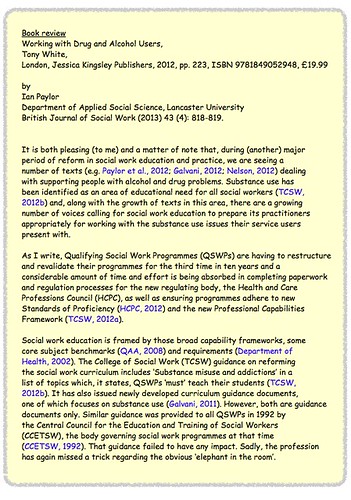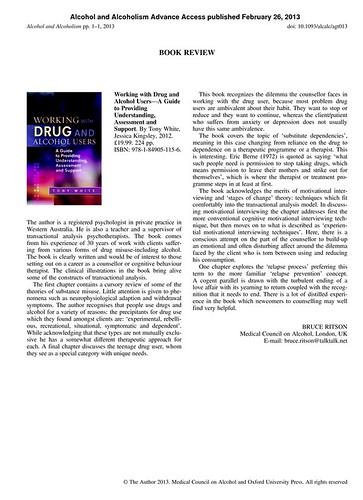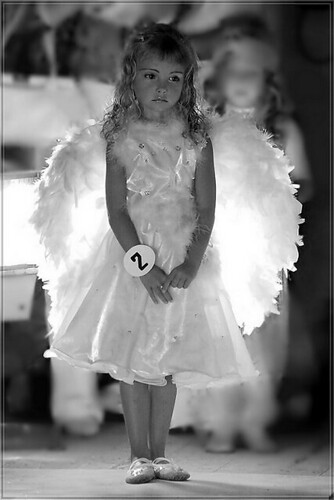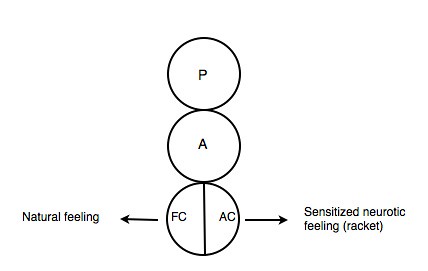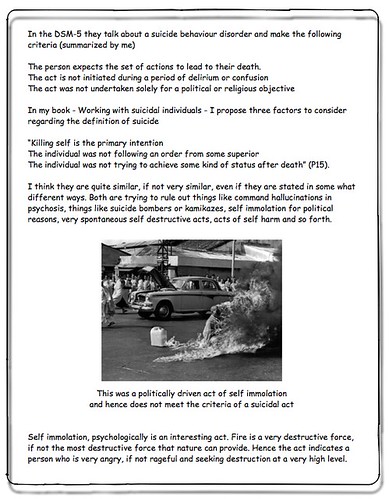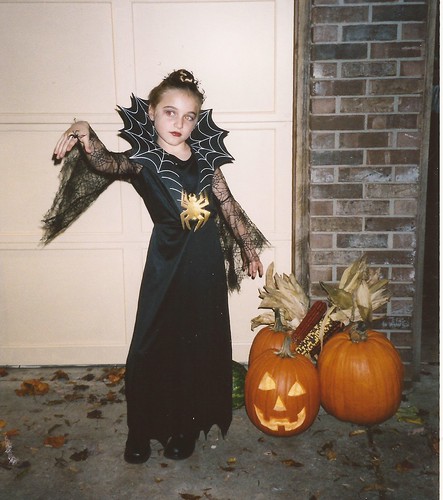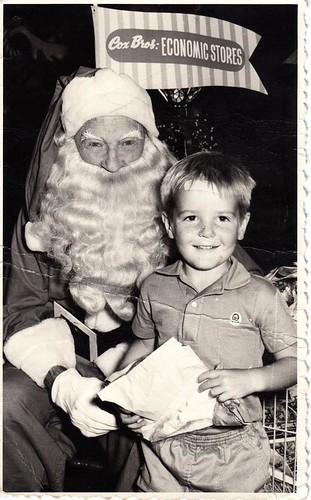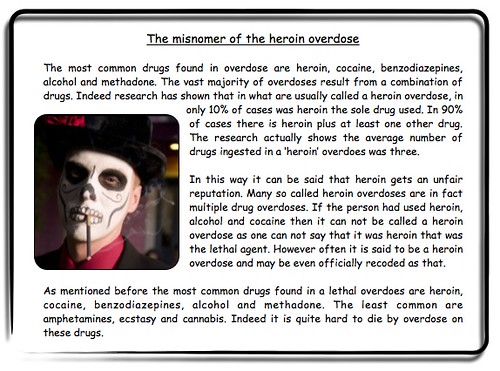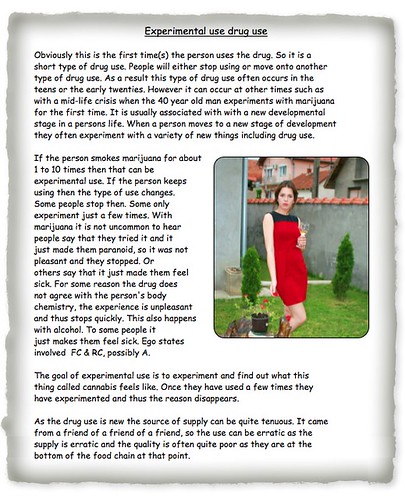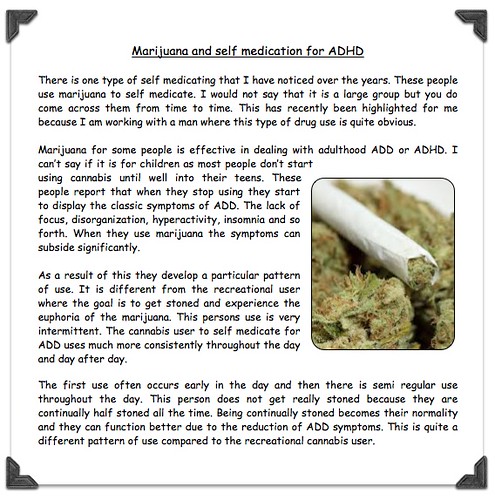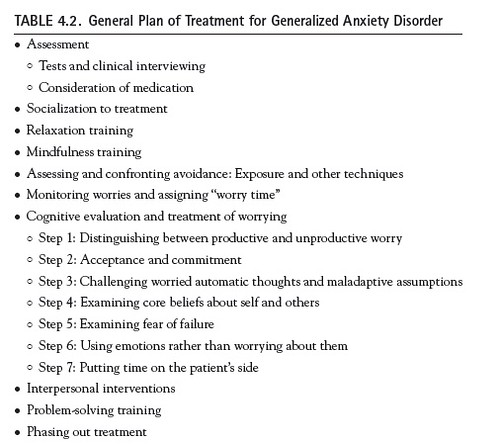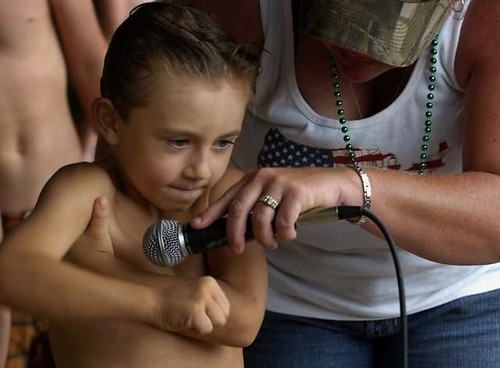In the workshop tomorrow night the participants will be compiling a list of how men and women view sex differently and have different attitudes to sex. This is to present some thoughts about the topic.
The sexual strategies theory highlights that men and women have different responses to sex, have different views and attitudes about sex and different meanings that it has for a relationship. Some (many) men and women do not understand this. Instead they automatically think the opposite sex has the same reactions and attitudes which they do. This can lead to sexual difficulties which really are just the result of a misunderstanding of the meaning of sex for the opposite gender. In the workshop we will begin to articulate these differences in a way that men and women can easily understand and thus can assist couples with the sexual aspect of their relationship and indeed with their marriages in general.
-------------------
The sexual strategies theory (SST) Buss & Schmitt (1993) has been very influential in a number of fields including anthropology, social psychology and attachment theory. In recent years it has impacted areas such as these in a profound way.
It is based on a feature of human biology.
Men are able to reproduce their genes with as little investment as a few minutes and a few sperm
For women the cost is much higher involving years including gestation, lactation and childcare.
This asymmetry has resulted in different sex specific strategies for achieving reproductive success.
The mating behaviors seen today reflect the psychological mechanisms that evolved to solve specific adaptive problems faced by each sex. Unlike many female primates who has obvious sexual swellings to signal fertility in human females ovulation is concealed. Ancestral males had to therefore solve the problem of how to identify fertile partners. Given that female fertility declines with age, youth is one possible clue.
Another is physical attractiveness, the markers of which are hypothesized to correlate with health. In theory, the ancestral solution to the male problem of identifying fertile partners was an evolved preference for young and attractive mates. In addition the relatively small investment required for gene replication supposedly resulted in the male preference for multiple partners.
The situation is different for human females in that every sexual encounter is potentially quite costly and as a consequence she is far more cautious and choosy. The problem for ancestral females is to find a mate who possess the resources and was willing to commit to her and her offspring. According to SST, the most favorable female strategy is to hold out for one high status male who will provide for her and her children.
SST acknowledges that males and females can alter their strategies under certain conditions. A man can agree to long term mating in order to obtain a high value mate. A woman may accept a short term mating arrangement in order to extract needed resources.
According to SST mate selection is inherently strategic. Men and women are equipped with specific mate choice mechanisms that guide them to the best available mates. The male will look for the young attractive female and the female will look for the male with status, ambition and resources.
---------------------
Some of my thoughts about the SST.
Firstly most of the couples I know are of a relatively similar age which does bring into question the extent to which the SST applies. Also if the SST was more universal then there would be a large group of men who are of low economic standing and of low status who don’t have female partners. To my knowledge such a group does not exist.
Having said this I think one could say that in those relationships where there is a significant age difference there are far more men as the older person rather than the cougar female.
The SST does make the good point that the consequences of sex, which is possible pregnancy has much more significant consequences for the female than the male and this means the male and female view sex quite differently on this basis. The woman will be far more cautious about having sex.
With the advent of the contraceptive pill and other means of contraception like a tubal ligation and vasectomy the probability of sex resulting in pregnancy is almost nil. These forms of contraception have now been around for about 60 years and it could be said that in that time this has not resulted in many women significantly changing their more cautions attitude about having sex. This could support the SST theory that this cautious attitude of women is hard wired into their psyche through the evolutionary process and hence it will not alter in such a short space of time like 60 years. Perhaps after 60 generations this may alter but we will have to wait and see.
A related idea could be how society in general views men and women sexually. It could be said that the highly sexual man and the highly sexual woman are viewed quite differently. He gets called a stud and she gets called a slut. It could be said that many societies around the world have this ‘unfair’ view of women as compared to men. However this would support the female being more cautious about having sex as compared to the man which also supports the SST idea.
Throughout my years of counselling women I have seen that the woman who goes through a promiscuous phase is often in poor psychological shape. She usually is using sex to achieve some kind of emotional gain such as a sense of acceptance, a feeling of love or some sense of self worth. After a period of time she comes to realize that this is a mistaken belief and gives up on the idea. Males may also become sex addicts but it could be said that the man who has a significant number of different sexual partners is not necessarily in such poor psychological condition as the female.

With the advent of HIV in the 1980s one of the things that came to notice in the general community was the high degree of promiscuity in some sections of the male gay community. With gay men neither party has the inbuilt cautious attitude to sex that many females do and this could also be seen to support the SST. Also the presence of gay ‘beats’ where two gay men unknown to each other meet, have sex and then leave, supports the idea that men are capable of having sex with no relationship involved. Men engaging the female prostitute also supports this notion.
I am not aware if female homosexuals have the same level of promiscuity and have such ‘beats’ as well.
The archetype of the nymphomaniac and to a lesser extent the archetype of the prostitute have a special place in the male psyche. The woman with an insatiable sexual desire has a particular interest to the male mind and yet at the same time can be frightening to him. It is probably safe to say that these two archetypes do not exist in the same way in the female psyche.

